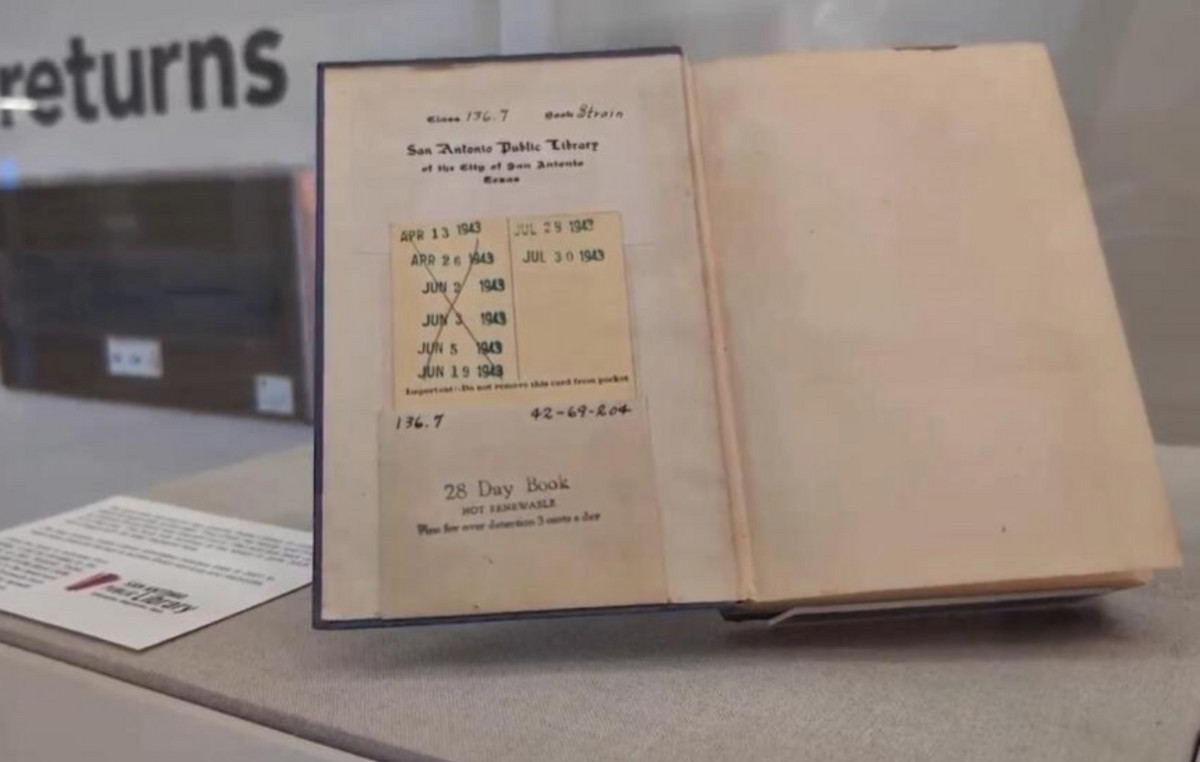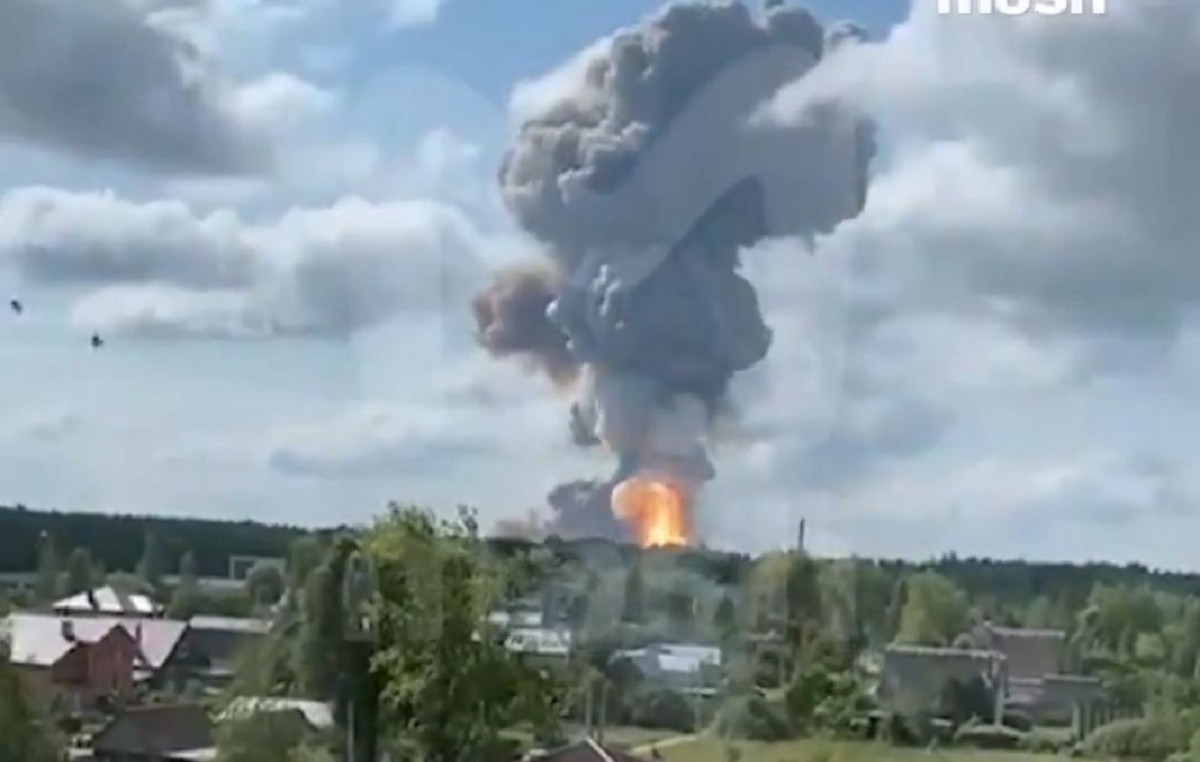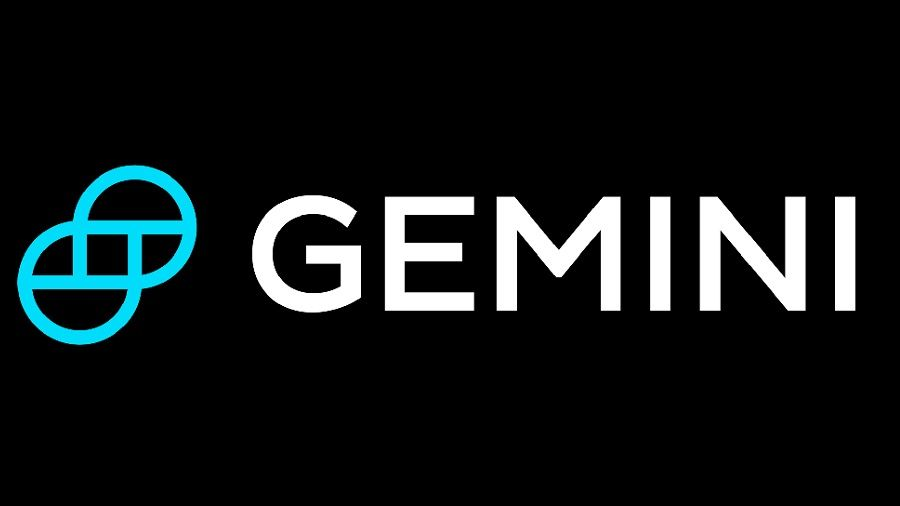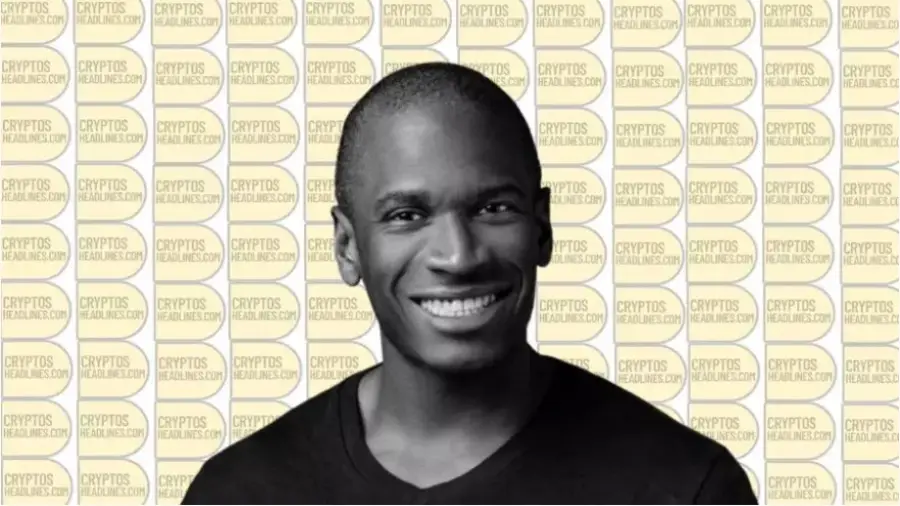O dollar rose 0.004%, quoted at R$ 5.369, around 9:25 am this Tuesday (26), hovering around stability. The currency is favored by an aversion to risk on the part of investors, who are waiting for the end of the new monetary policy meeting of the Federal Reserve . However, changes in expectations regarding the cycle of high interest rates in the country still benefit the Brazilian market.
The market expects the central bank of United States raise interest rates again by 0.75 percentage point, a bet reinforced after data indicated a contraction in the country’s economy sooner than expected . However, the focus will be on the municipality’s signals about the next steps in the bullish cycle.
Expectations of a less aggressive cycle helped the real and other currencies to appreciate against the dollar and benefited equity markets, with greater optimism in the market.
Also contributing to risk aversion in this session, investors remain alert to the risks of a gas shortage in Europe, with the Russia again reducing supply to European countries which could worsen the economic scenario in the region, favoring a scenario of recession.
In this auction, the central bank will carry out an auction of up to 15 thousand traditional foreign exchange swap contracts for the purpose of rolling over the maturity date of September 1, 2022. The BC operation helps to provide liquidity in the currency, but specialists consulted by the CNN Brasil Business point out that the body could do more to contain exchange rate volatility .
On Monday (25), the dollar dropped 2.28%, to R$5.372, the biggest daily devaluation since March 10, 2021. Ibovespa advanced 1.36%, to 100,269.85 points.
overall feeling
Investors still maintain a strong global risk aversion triggered by fears about a possible general economic slowdown due to a series of interest rate hikes around the world to contain record levels of inflation, which would harm many types of investments.
The main cause for this aversion is the cycle of interest rate hikes in the United States, with the most recent hike announced by the Federal Reserve on May 4th. The increase was 0.75 percentage point, the biggest since 1994, and new highs of the same magnitude were not discarded .
Higher interest rates in the United States attract investments to the country’s fixed income due to its high security and favor the dollar, but harm bond markets and stock exchanges around the world, including the US.
However, the country’s fight against highest inflation in 41 years raises growing fears of a recession in the world’s largest economy due to the need for aggressive monetary tightening. The risk leads to an aversion to risk, favoring the dollar and harming assets considered risky, in the case of the Brazilian market.
On the other hand, new restrictions in cities in the China were announced in early July, reversing a scenario of optimism about a resumption of the country’s economy after months of lockdown in Shanghai and Beijing. The picture reinforces fears of a Chinese economic slowdown and consequent drop in demand for commodities.
In the domestic scenario, the Benefits PEC which creates or expands social benefits with an estimated cost of R$ 41 billion, was poorly received by the market, as it reinforces the fiscal risk by bringing new spending above the ceiling.
With the combination of adverse internal and external environments, the withdrawal of investments harms the Ibovespa and favors the dollar against the real.
Test your knowledge about the Ibovespa
Let’s start with an easy one: what is the Ibovespa?
Who is responsible for calculating the Ibovespa?
What types of assets are eligible to be listed on the Ibovespa?
Which of these is NOT a criterion for a stock to enter the Ibovespa
How many shares are currently in the Ibovespa theoretical portfolio?
How often is the Ibovespa theoretical portfolio reviewed?
What is the most important stock on the Ibovespa?
What is the smallest share on the Ibovespa?
Each Ibovespa point is equivalent to 1 real. This statement is
What is the historical record for closing the Ibovespa?
Try again!
Tip: follow CNN Business to understand more about Ibovespa
Nice job!
You know a lot about the Ibovespa, but you could know a little more
Sensational!
Congratulations! Are you an Ibovespa expert?
*With information from Reuters
Source: CNN Brasil
I am Sophia william, author of World Stock Market. I have a degree in journalism from the University of Missouri and I have worked as a reporter for several news websites. I have a passion for writing and informing people about the latest news and events happening in the world. I strive to be accurate and unbiased in my reporting, and I hope to provide readers with valuable information that they can use to make informed decisions.







